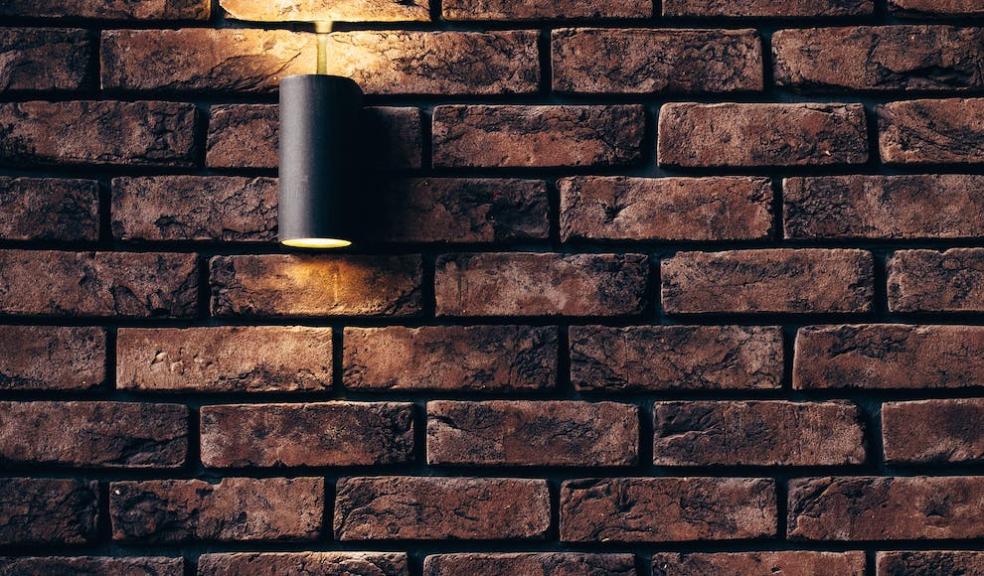
Why Are Builders Opting For Exposed Bricks?
Exposed or facing bricks are renowned as the primary material for constructing a building's facade. They enhance the aesthetic appeal and contribute multiple other benefits to the property. This article delves into the world of exposed bricks, elucidating what they are, their types, benefits, and considerations in selection.
What are Exposed Bricks?
Unlike regular brick, an exposed brick is aimed at creating an attractive appearance for commercial and residential buildings. It's an essential part of the exterior of multi-residential structures. The method of creation and arrangement of its components results in appealing and attractive brick patterns. The color and sizes are customizable, and these bricks are increasingly becoming a trend in architecture, with uniform colors and smooth surfaces.
A Variety of Facing Bricks
Exposed bricks come in various styles, customized to the buyer's specifications. Here are some prominent types:
Extruded bricks
Extruded bricks have been quickly growing in popularity due to their modern, sharp designs, consistent shapes, and various surface options such as glazed, drag-wired, rustication, and sanded. These provide design flexibility and a unique aesthetic appeal, allowing architects and designers to experiment with various textures and depths.
Stock bricks
Stock bricks, also known as soft mud bricks, are a nod to traditional brick-making techniques. Created using the water-struck cycle or sand-struck process, these bricks provide a unique texture and a touch of nostalgia, bringing a sense of history and richness to modern structures.
Curve bricks
Curve bricks enhance the aesthetics of arch units, particularly in windows and doors. Their popularity stems from their availability in various profiles, including semi-round, segmental, and warrior shapes. These bricks allow for architectural creativity and adapt to different design needs, adding elegance to the structural openings.
Engineered bricks
Engineered bricks prioritize structural integrity and resilience over aesthetic appeal. They provide high compressive strength and excellent waterproofing qualities, essential for buildings exposed to harsh weather elements. These functional features make them vital in ensuring the long-term stability and protection of the structure.
The Advantages of Using Exposed Bricks
- Exposed bricks offer an aesthetic appeal that combines various shapes, colors, and surface textures, providing a wide range of design choices that are pleasing to the eye. Their inherent durability also adds to their attractiveness, allowing them to withstand wear and tear, making them not only beautiful but also robust.
- The blend of traditional techniques with a modern touch gives exposed bricks a unique charm that bridges the gap between the old and the new. This combination creates a timeless appeal that resonates with classic and contemporary design philosophies.
- The fire resistance of these bricks provides a critical layer of protection, preventing the spread of fire within buildings. The clay composition ensures thermal insulation, making them energy-efficient, translating into cost savings over time.
- Being made from clay, exposed bricks are organic and eco-friendly, often produced with energy-efficient processes. This commitment to environmentally friendly materials and manufacturing techniques contributes to sustainability and aligns with modern ecological standards.
- The cost efficiency of exposed bricks is apparent in their inherent beauty, eliminating the need for additional paints, finishes, or whitewash. This, combined with their longevity and minimal maintenance costs, translates into long-term savings.
- Low maintenance is another significant advantage of exposed bricks. Their resilience to common building problems like rusting, peeling, warping, and more means reduced upkeep needs. Property owners can save time and resources with little to no maintenance required, allowing them to focus on other aspects of property management.
Conclusion
Choosing exposed bricks involves several considerations, such as the bonding pattern, which ensures structural strength, load distribution, and the proper laying of bricks. Selecting the appropriate mortar is equally essential to provide natural emission and an added pleasant appearance.
In essence, exposed bricks offer a blend of beauty, efficiency, and practicality. Their various types, aesthetics, and ecological benefits make them an appealing choice for construction while providing fire resistance and cost-effectiveness. Their versatility and low maintenance requirements further cement their position as a preferred building material.









